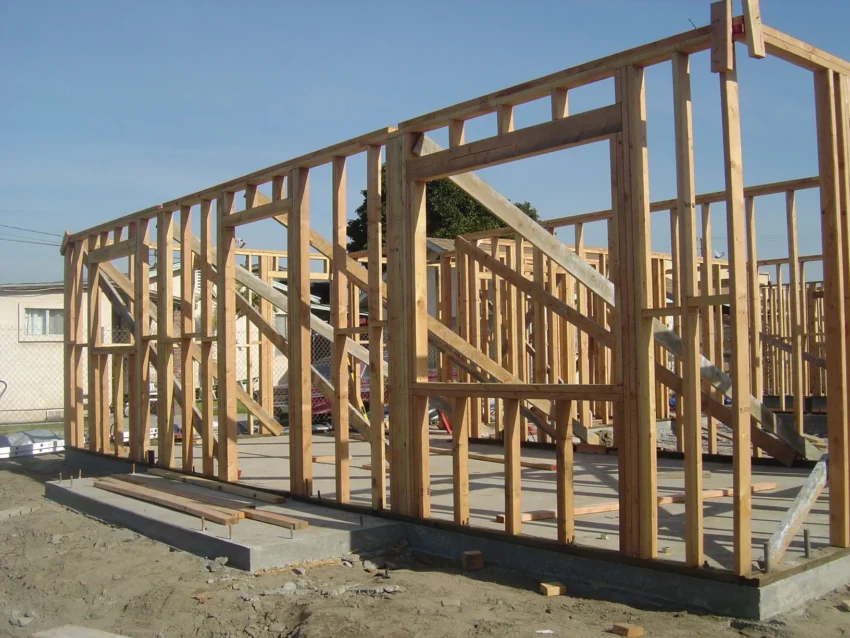Single-family housing starts dropped to a 13-month low in August, highlighting ongoing caution among builders despite earlier signs of recovery. According to the U.S. Census Bureau, overall housing starts fell 8.5 percent from July, posting a seasonally adjusted annual rate of 1.307 million units.
Sharp decline across housing types
The downturn was led by a 7 percent decline in single-family starts, which dropped to their lowest level in more than a year. Multifamily projects also slowed, with starts down 11 percent from July, marking a three-month low. Industry analysts pointed to a combination of reduced housing demand, ongoing tariff uncertainty, and a tight labor market as reasons for the pullback.
Permitting activity, often seen as a forward-looking indicator, also suggested softness ahead. Overall housing permits dipped 3.7 percent from July and fell 11.1 percent compared with August 2024. Single-family permits slid 2.2 percent month-over-month and 11.5 percent year-over-year.
Western states see steepest decline
The West experienced the sharpest drop in single-family permits, down 6.9 percent in August. The Northeast and South also posted declines of 1.8 percent and 1.5 percent, respectively. The Midwest was the only region to show relative stability, reflecting uneven trends across the nation.
Builders in California and throughout the West remain cautious as affordability challenges continue to limit demand. For local communities in the San Gabriel Valley, slower construction may mean fewer new housing options in the short term, even as demand for affordable housing remains high.
Local impact in San Gabriel Valley
The slowdown could be felt most in cities like El Monte, Baldwin Park, and Rosemead, where new housing projects are already limited by high land costs and zoning challenges. With fewer permits being pulled, prospective homebuyers and renters in the region face continued competition for available units, placing upward pressure on prices. City officials working to expand affordable housing inventories may also need to adjust timelines if construction activity remains muted. For families seeking entry-level homes, reduced supply could extend wait times or force buyers to look further east into the Inland Empire.
Outlook remains uncertain
While mortgage rates have fallen in recent months, industry experts warn that economic concerns and labor shortages will likely keep builders conservative in the final quarter of 2025. Any improvement in housing starts will depend on whether lower borrowing costs can offset cost pressures and market uncertainty.
The U.S. Census Bureau’s monthly reports on housing activity provide detailed breakdowns of construction and permit trends. More information is available at the U.S. Census Bureau.


